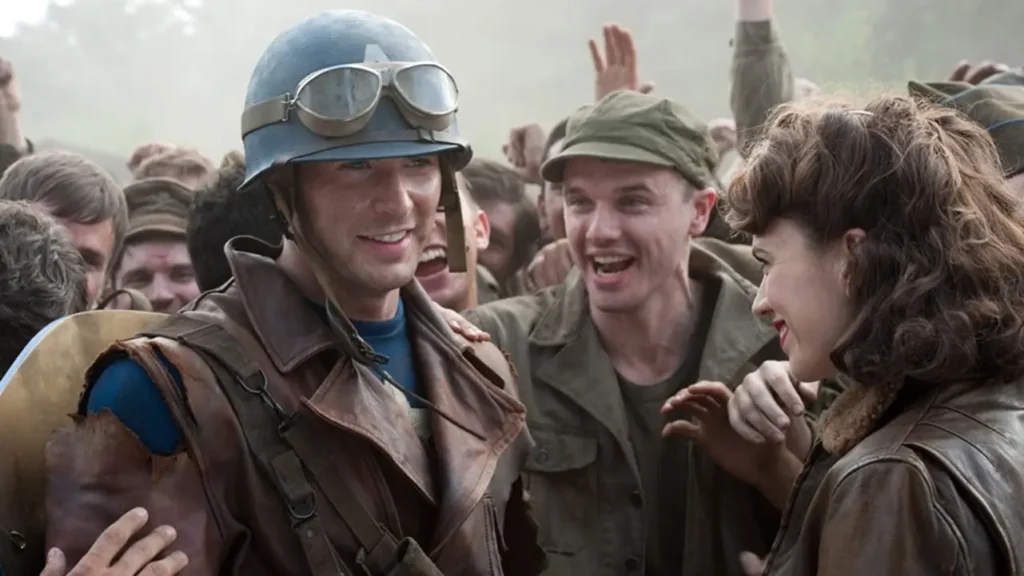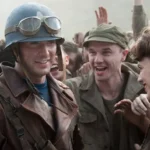Marvel Studios movies for years relied heavily on special effects sequences to draw audiences in, with iconic moments like Tony Stark armoring up, Bruce Banner Hulking out, and Peter Parker being bitten by a radioactive spider providing much of the excitement in superhero blockbusters. Captain America: The First Avenger broke from tradition by taking an unconventional approach to superhero transformations by choosing not to show Steve Rogers’ transformation sequence directly, instead opting to showcase its excellent direction, acting talent, and unveiling of Captain America himself, creating something truly remarkable and memorable!
Erskine’s Super Soldier serum allows Rogers to gain extraordinary physical traits such as strength, stamina, agility, and durability. He also develops an almost superhuman mental capacity, which allows him to make wise decisions even under highly challenging circumstances. These effects of the serum are enhanced through rigorous physical training including gymnastics, hand-to-hand combat training from William Essart Fairbairn and Colonel Rex Applegate (both instructors), military strategy as well as hand-to-hand combat training from Colonel Rex Applegate himself (an instructor), hand-to-hand combat instruction as well as military strategy from instructors William Essart Fairbairn and Colonel Rex Applegate as well as military strategy training from instructors William Essart Fairbairn.
Rogers faces many opponents once he becomes Captain America; these include fascist Germans, Imperial Japanese forces, and even agents of HYDRA like George Maxon (an impostor of Red Skull).
Rogers encounters a frozen corpse who has been brought back to life by the Tesseract and works together with him in battle against Nazis, ultimately defeating Red Skull in one day. Subsequently, he visits President Nixon, who pardons him while permitting Barnes to continue operating as Captain America – after this experience, Rogers decides to retire but retain his shield as part of an honorable retirement plan.
So why did the MCU not show Steve’s transformation in this scene? It all comes back to the story and character arc. By omitting it, the movie can focus on Rogers’ emotional breakdown as his life freezes over slowly – this part of the sequence becomes even more powerful as its supporting cast can’t witness what’s happening!
As the movie unfolds, it becomes evident that the director and visual effects team are determined to do things differently from other superhero films. Instead of simply having Steve Rogers change into his hero costume in a straightforward manner, they decided to employ Leander Deeny as his body double. Deeny closely emulated Chris Evans’ movements and facial expressions while an overlaid digital replica of Evans was superimposed onto Deeny.
It was an unforgettable moment that helped viewers relate more closely to the character. Its nontraditional superhero transformation is also notable and has since been implemented in other Marvel movies as well as TV, with Agents of SHIELD.






